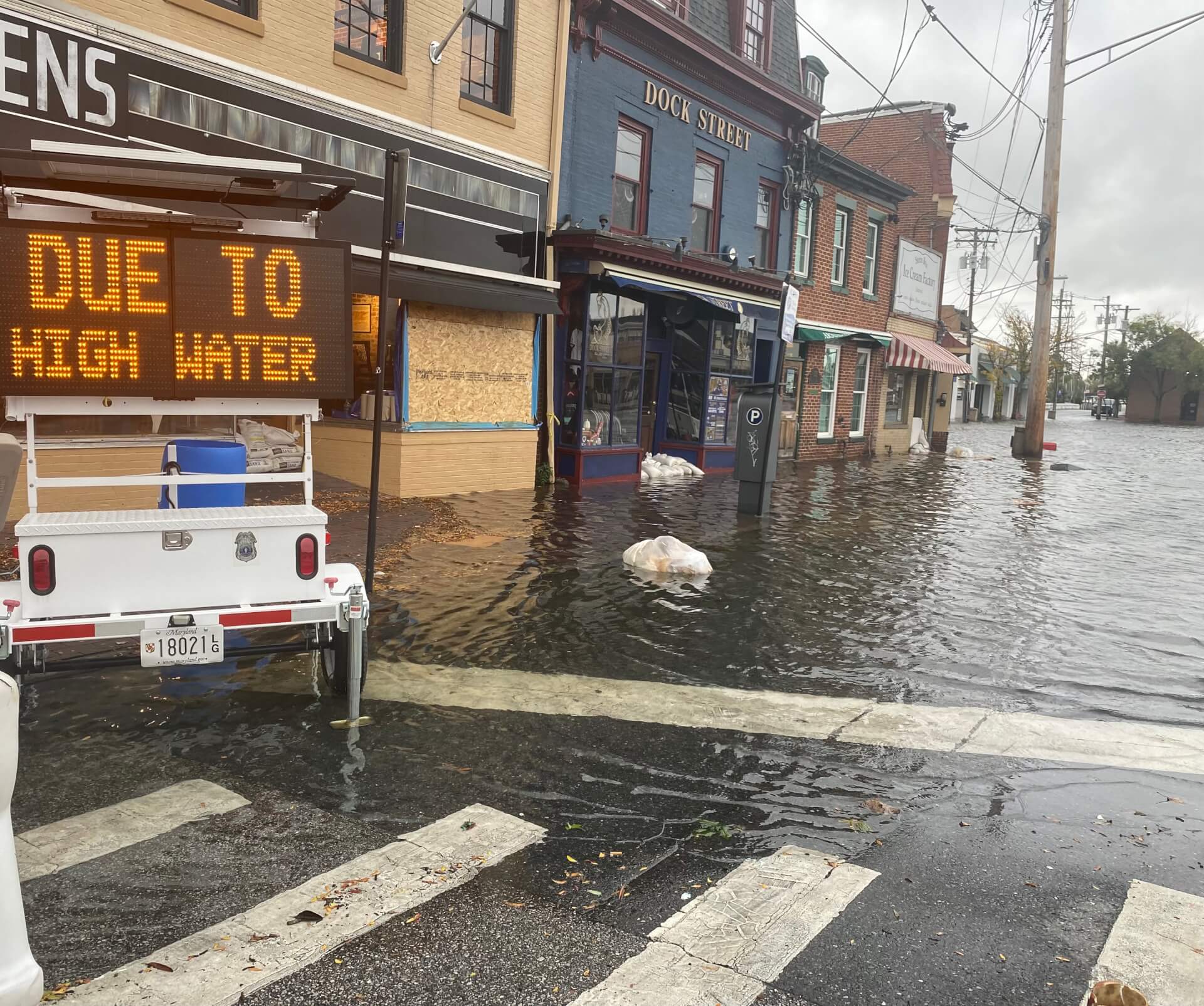Md. Scientists Joining Regional Research Consortium on Continental Shelf Ecosystem
The National Oceanic and Atmospheric Administration (NOAA) has added the University of Maryland Center for Environmental Science (UMCES) as member of the new Cooperative Institute for the North Atlantic Region (CINAR). The group of research and educational institutions are charged with carrying out research to help inform decisions for sustainable and beneficial management of the U.S. Northeast continental shelf ecosystem.
“It is a great acknowledgement of the scientific expertise and respect of the UMCES faculty that we are included as a partner in this prestigious NOAA Cooperative Institute,” said Mike Roman, director of the University of Maryland Center for Environmental Science’s Horn Point Laboratory. “Our research in CINAR on fisheries, ecosystems and climate will be beneficial to the citizens of Maryland,”
CINAR will conduct research focusing on five major areas that directly align with high priority NOAA scientific research: sustained ocean observations and climate research; ecosystem research, observation, and modeling; stock assessment research; protected species research and recovery; and ecosystem-based fisheries management.
“The Cooperative Institute for the North Atlantic Region brings together leading research institutions to advance our understanding and sustainable management of this important and dynamic ecosystem,” said Craig McLean, assistant NOAA administrator for Oceanic and Atmospheric Research. “The research will strengthen our nation’s Blue Economy, which depends on data and information to make sound decisions for a healthy ecosystem and strong economy.”
The Woods Hole Oceanographic Institution in Massachusetts will host the Institute. In addition to UMCES, research partners along the Atlantic coast include the University of Maine, University of Massachusetts Dartmouth School for Marine Science and Technology, University of Rhode Island, Rutgers University, University of Maryland Eastern Shore, and the Gulf of Maine Research Institute.
“UMCES oceanographers and fisheries scientists are at the forefront of understanding our changing oceans and climate,” said UMCES President Peter Goodwin. “This partnership is an exciting opportunity to work with leading researchers along the coast to develop new and innovative research programs that focus on the many impacts of climate change on our oceans.”
Speaking of NOAA, the agency on Friday entered its Final Environmental Impact Statement (FEIS) and Final Management Plan for the designation of the Mallows Bay-Potomac River National Marine Sanctuary in Charles County into the Federal Register. Mallows Bay is set to become the first national marine sanctuary in the state’s history – likely before the end of the year.
“Mallows Bay sits on the Potomac River only 30 miles downstream from our nation’s capital and is known for its diverse collection of historic shipwrecks, recreational opportunities, and scenic beauty,” said Maryland Department of Natural Resources Secretary Jeannie Haddaway-Riccio. “We are incredibly excited that this unique Maryland treasure is on its way to becoming the first national marine sanctuary in the State of Maryland, and the first new designation in more than two decades, which will allow us to preserve the history and majesty of Mallows Bay.”




 Creative Commons Attribution
Creative Commons Attribution